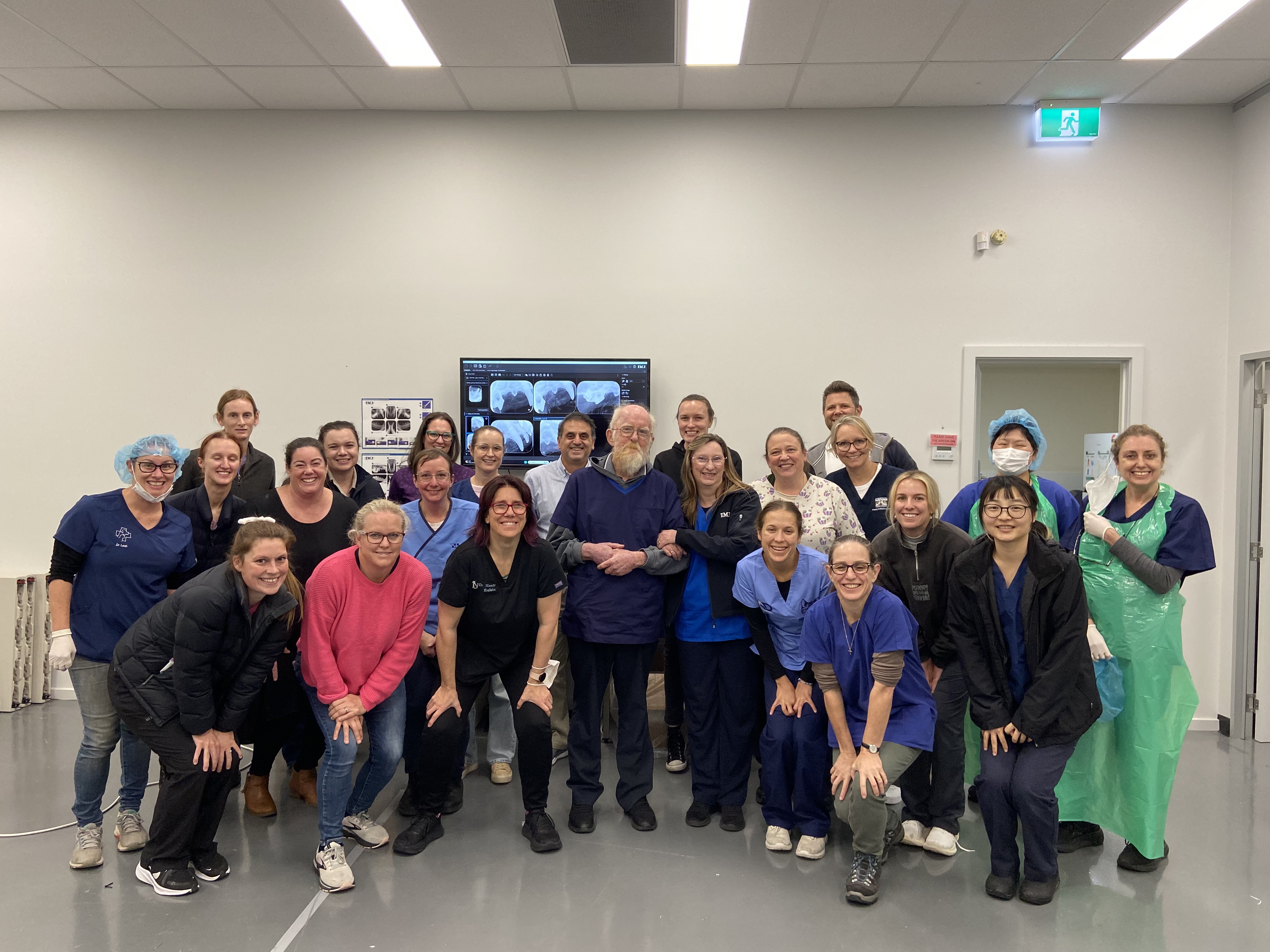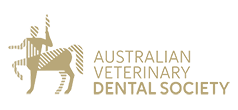SIG in the Spotlight: Australian Veterinary Dental Society
26 Jun 2025
When Dr Nicole Hoskin began her veterinary career as a new graduate, she admits she hated dentistry. But recognising its essential role in daily veterinary practice, she dedicated herself to learning more. Over time, her passion grew, eventually leading her to become President of the Australian Veterinary Dental Society (AVDS).
In this edition of SIG in the Spotlight, we explore the benefits of joining the AVDS, the resources available to members, and their vision for the future.
Tell us a bit about AVDS and why a veterinarian would benefit from joining the SIG.
The Australian Veterinary Dental Society exists to promote awareness of veterinary dentistry and support the delivery of high-quality oral health care to animals. We’re also active in advocacy: we have representation on the AVA Policy Advisory Council and Advocacy Forum, allowing us to contribute to the development of, and advocacy for, veterinary policy more broadly.
Our membership is primarily made up of both small animal practitioners and equine practitioners. The truth is, dentistry is something every vet will encounter in practice, and it’s a skill you can improve with the right support and training.
Personally, I disliked dentistry for the first 15 years of my career. But when I took a new graduate extraction course and finally learned how to do it properly, I realised I’d been doing it wrong for a long time. Once I understood the right techniques, everything became easier. I still have days where I question my sanity and skills in dentistry. It can be really challenging at times. Any skill can be learned if you’re motivated - and having more tools in your toolbox to handle difficult situations is invaluable. That’s exactly what AVDS stands for: empowering vets with practical skills and knowledge.
I’m incredibly excited by the growing interest in dentistry within the profession, especially from new graduates. Seeing the light bulb go on—watching them understand and apply these principles—is deeply rewarding.
How does AVDS support veterinarians in improving their dental skills and knowledge?
We run wet labs and deliver a range of sessions each year at the AVA Annual Conference. Our aim is to provide continuing education through both AVA and ASAV conferences.
We’ve also been working on creating new communication platforms—a safe and supportive space for anyone curious about veterinary dentistry, whether they’re just starting out or looking to expand their expertise.

AVDS Workshop 2024
Last year, we hosted two webinars: one on equine tooth resorption and one on small animal dental radiographic interpretation. These types of accessible learning opportunities are something we plan to expand further.
In your view, what are the biggest challenges veterinarians face in integrating dental care into routine pet health management?
For small animal practice, one of the biggest challenges is the unrealistic expectation that dental procedures should be performed quickly. Veterinarians are often under pressure to get through dental cases fast, which can be risky and counterproductive.
There’s also limited dental education at the undergraduate level. Many new graduates enter practice without the skills or confidence to handle dentistry, even though it's one of the most common procedures we perform—and one that significantly improves animal welfare.
In equine practice, another concern is the prevalence of lay practitioners—especially in regions like Western Australia—who are performing dental procedures without being veterinarians. That creates risks for both animals and clients, particularly when it comes to managing complications.
Lastly, it’s surprising to many (as it was to me) that there are aspects of dentistry is not formally considered an act of veterinary science in most Australian jurisdictions. This may allow non-veterinary providers—like anaesthesia-free dental services—to legally operate, despite the inherent risks.
Looking ahead, what are the key goals or projects AVDS plans to focus on over the next few years?
We’re really keen to welcome new committee members and fresh perspectives. The Policy Advisory Council (PAC) position is currently open, and although I’m continuing in a dual role for now, I’d love to see others step into leadership positions and contribute their experience.
Serving on the PAC has helped me understand how AVA policies are developed, and how much work happens behind the scenes to advocate for our profession. It’s a great way to make a difference.
We’ve just completed our 2-year strategic plan, which we’ll be submitting to the AVA soon. One of our goals is to develop more interactive platforms—such as a forum where members can post case studies or ask questions. We’re also working on a new case series to help share practical knowledge and real-world scenarios.
As we roll out these new initiatives, there’ll be even more benefits to being an AVDS member.
What about you? How did you get into dentistry, and how have you benefitted from joining the SIG?

Once I recognised how important dentistry was, I committed to studying it properly—even though I was raising two small children, running a business, and working full-time! I dedicated an hour each night to reading journal articles, watching videos, or studying specific topics. I kept that up for 3 years after completing a new graduate course, and then decided to sit the membership exams in dentistry.
I was terrified—18 years out of uni and facing exams again was daunting. But I pushed through. That journey showed me how much need there was for better education, so I started a training company and joined AVDS.
Being part of AVDS has been incredible. I’ve met so many people who share the same passion—it’s made me feel far less isolated in the veterinary profession. I like to think of us as the “dental nerds” coming together.
It’s also helped me gain a deeper appreciation for the challenges equine practitioners face, and it’s broadened my understanding of the field as a whole.

